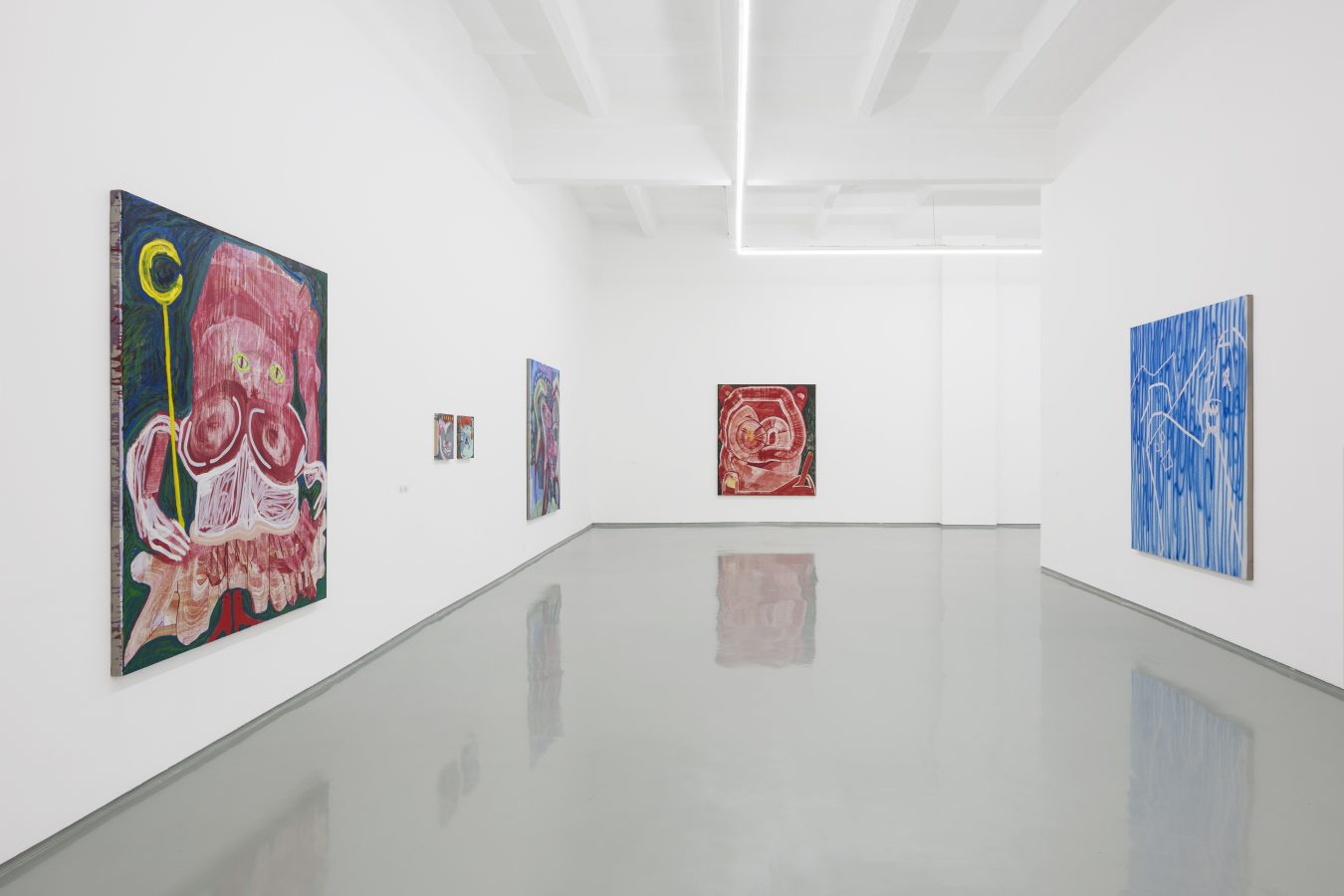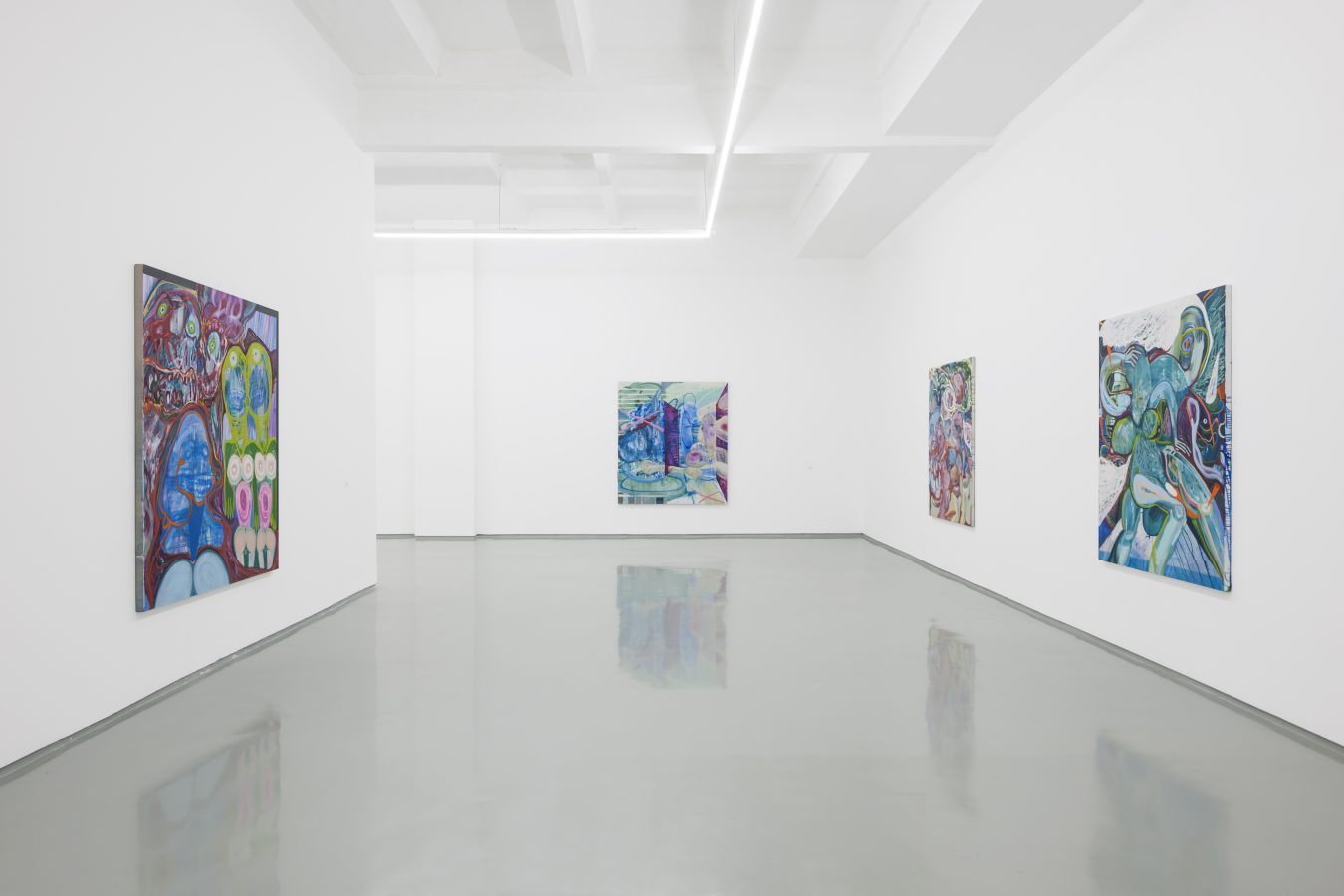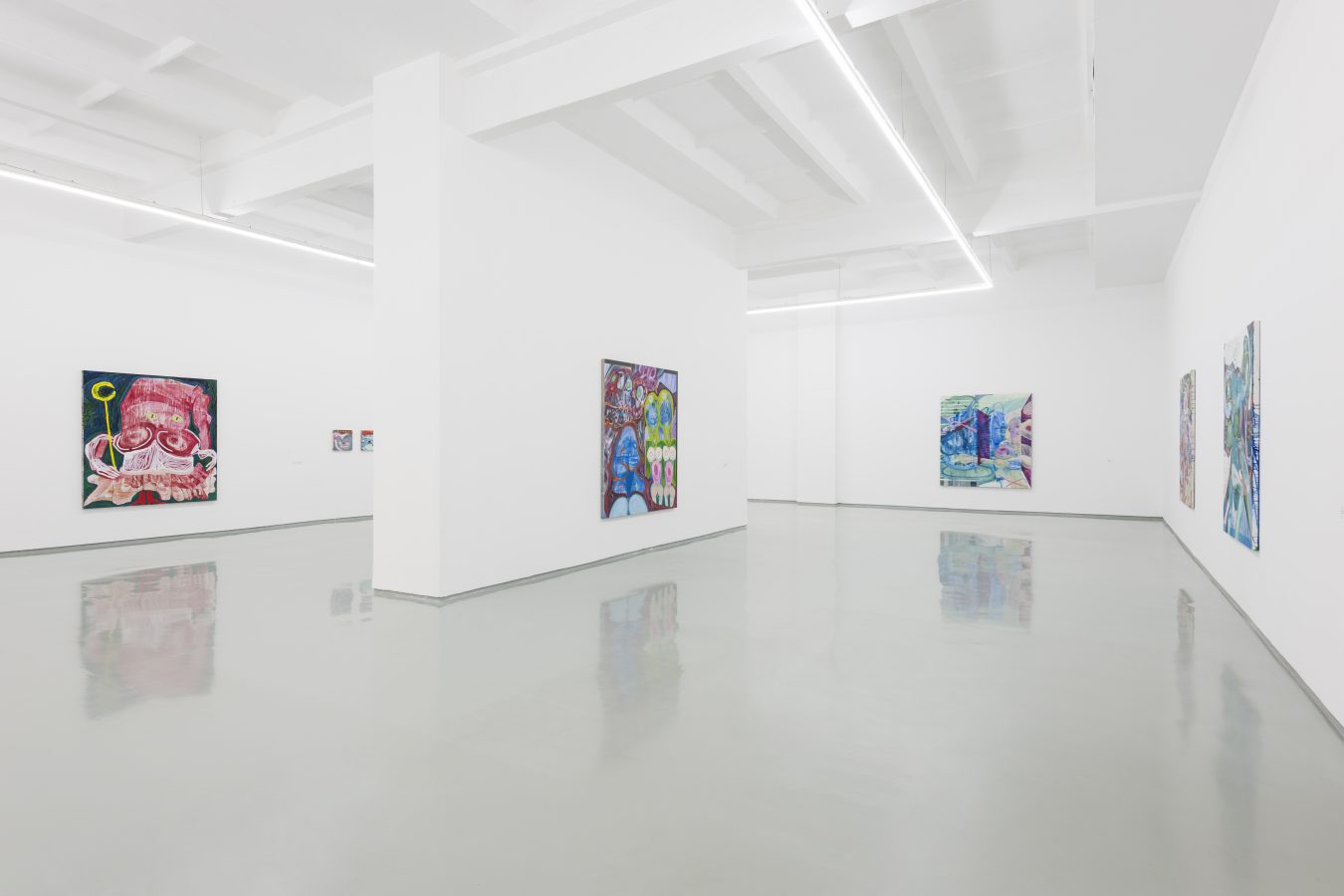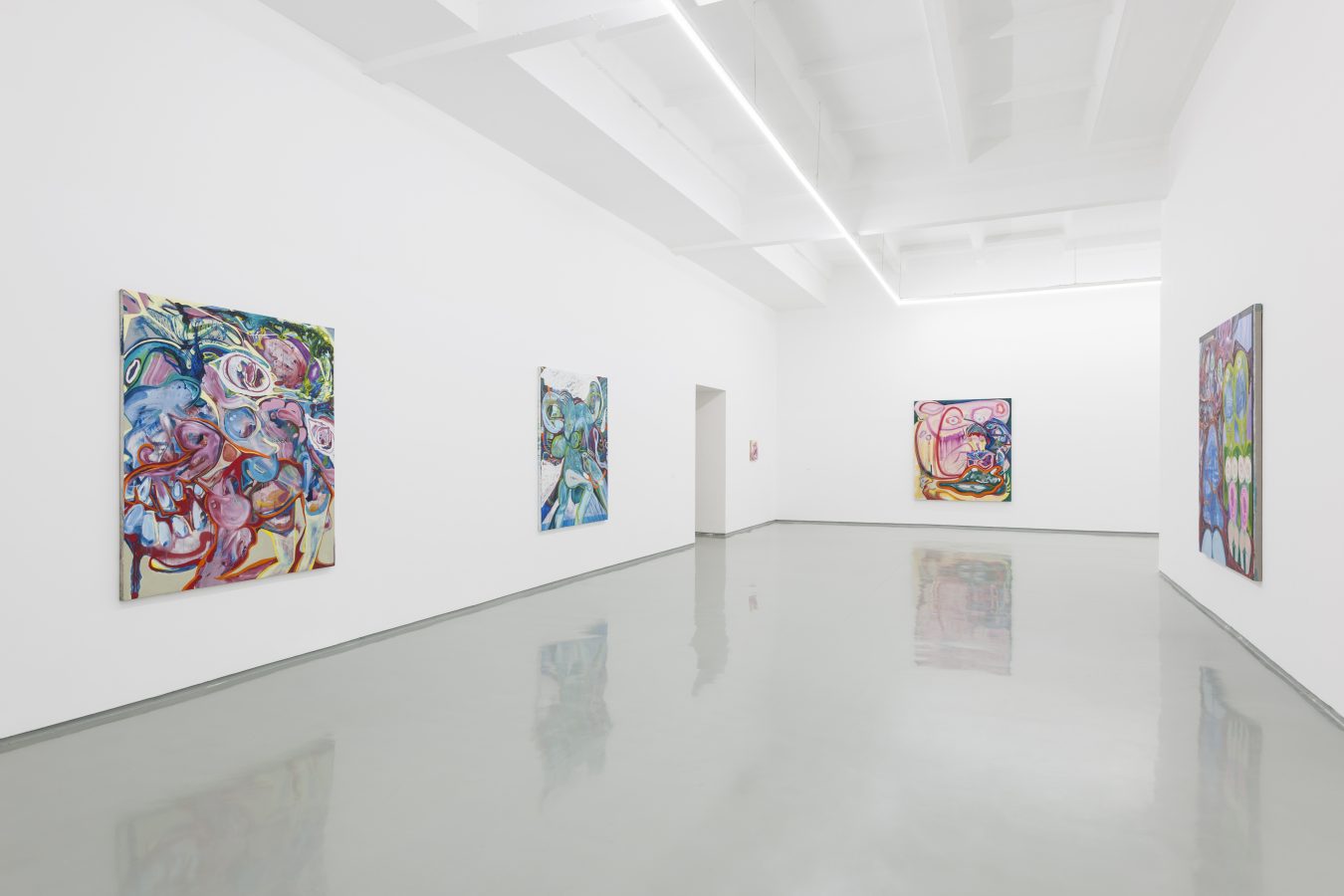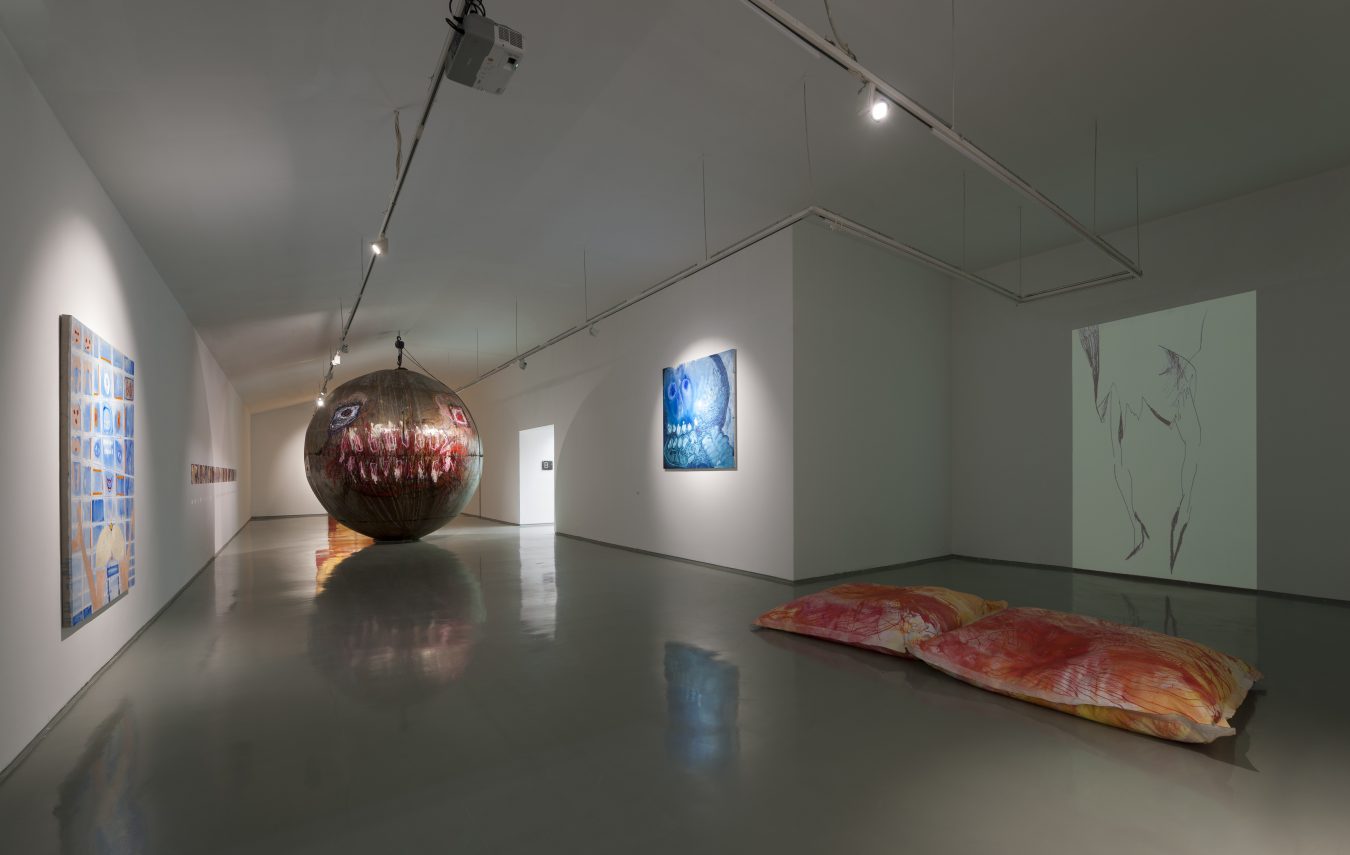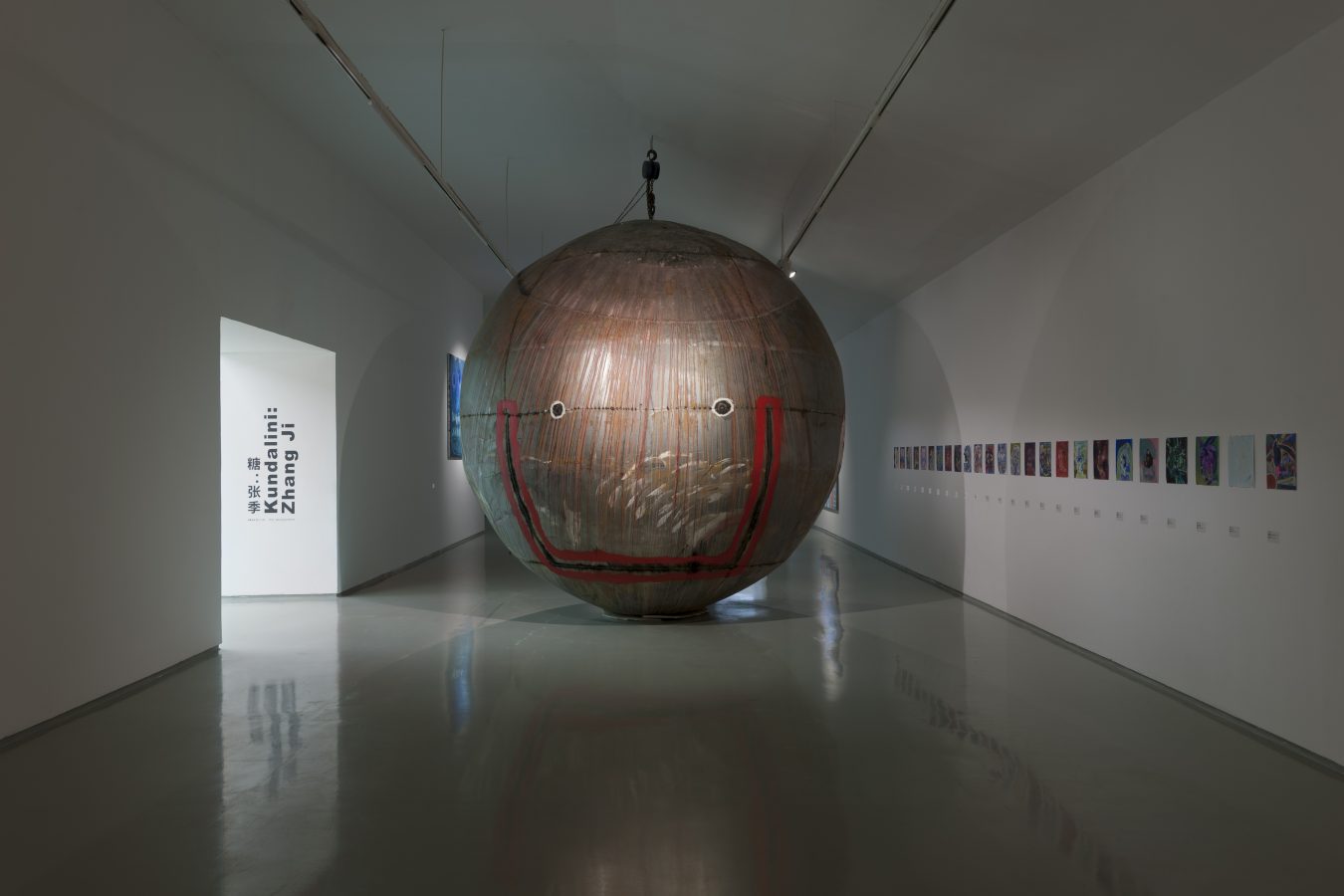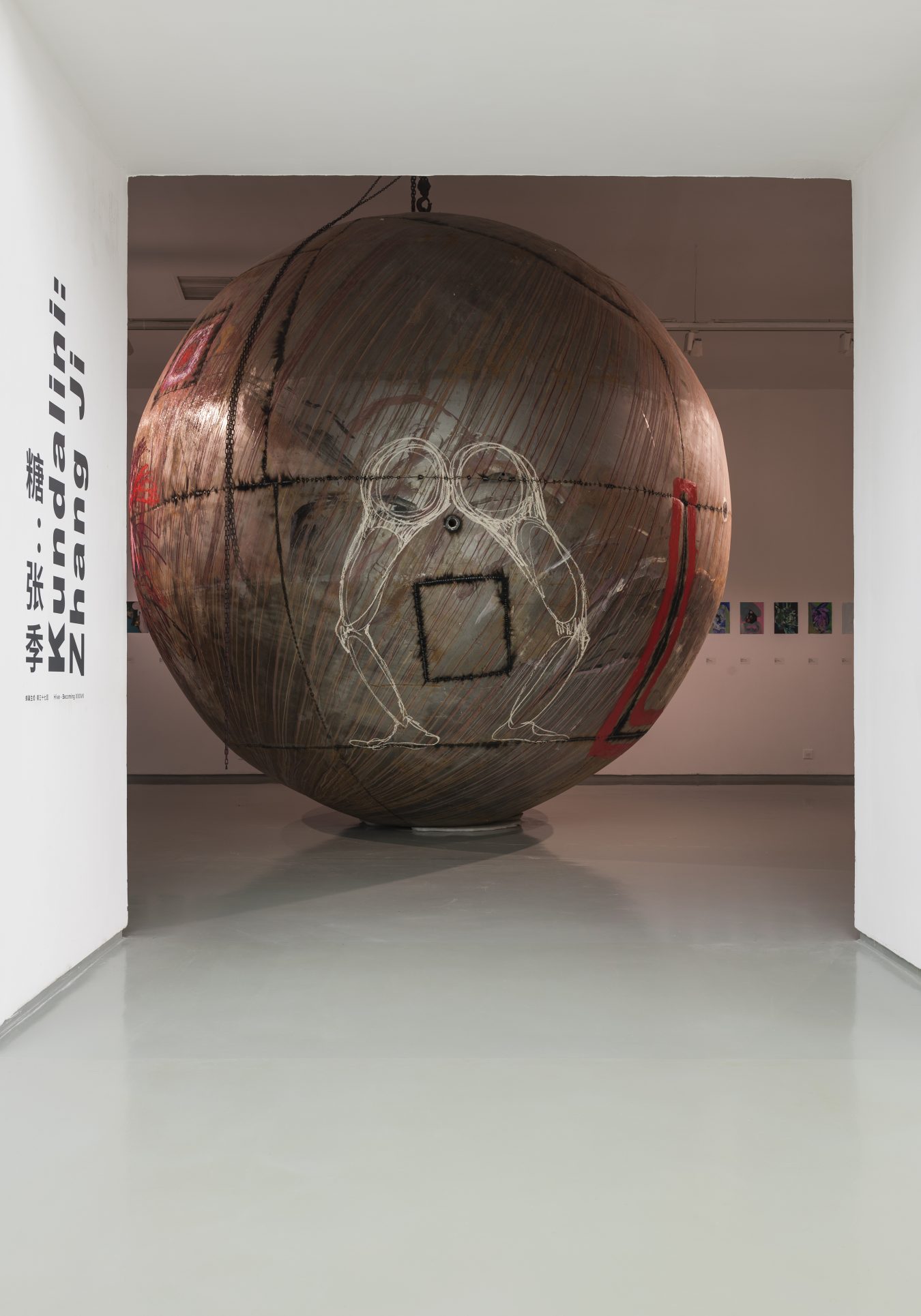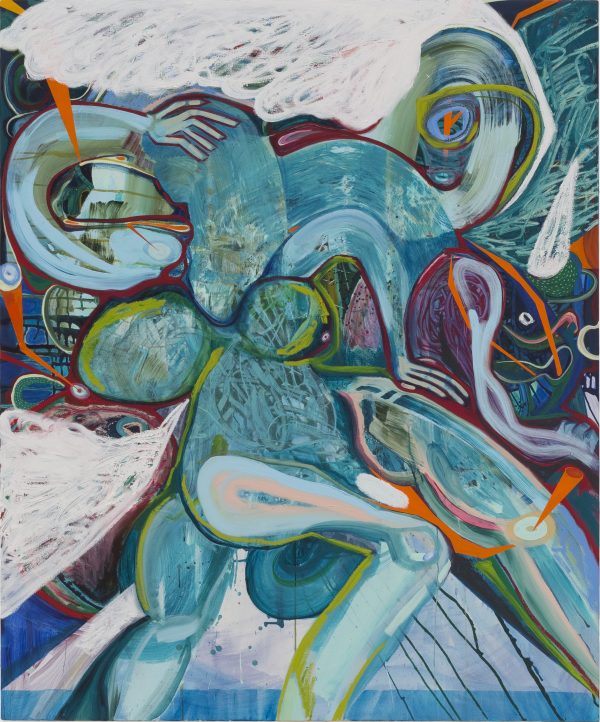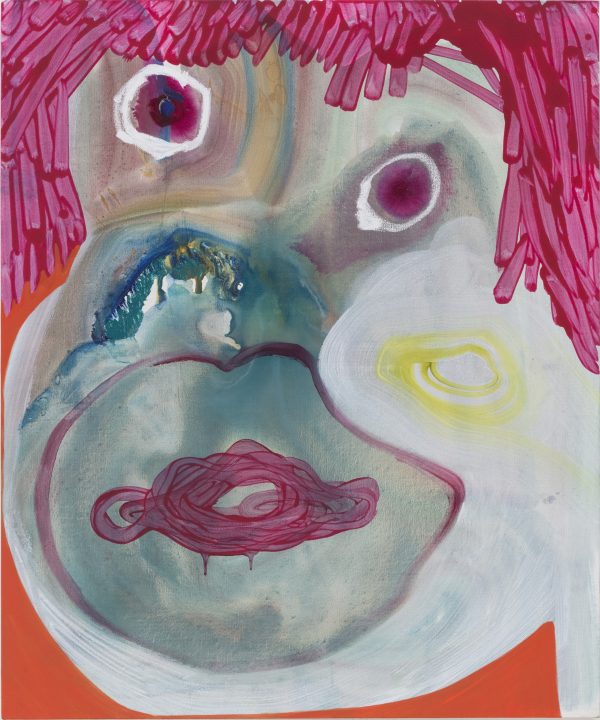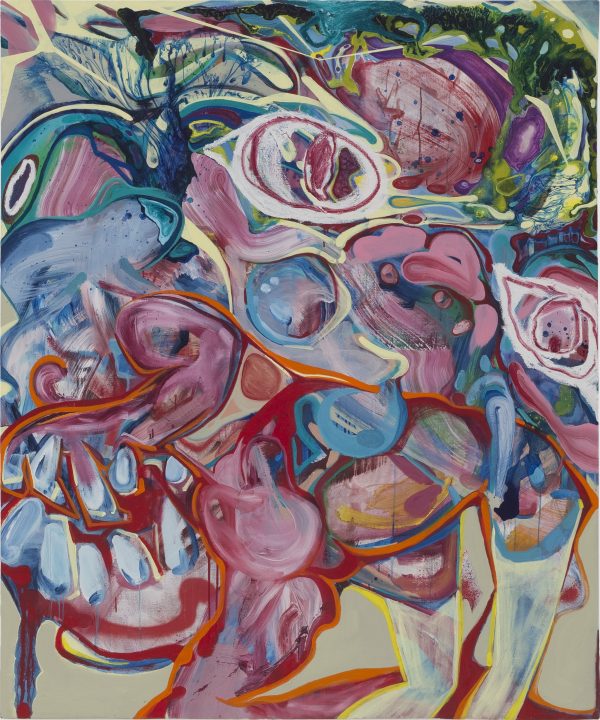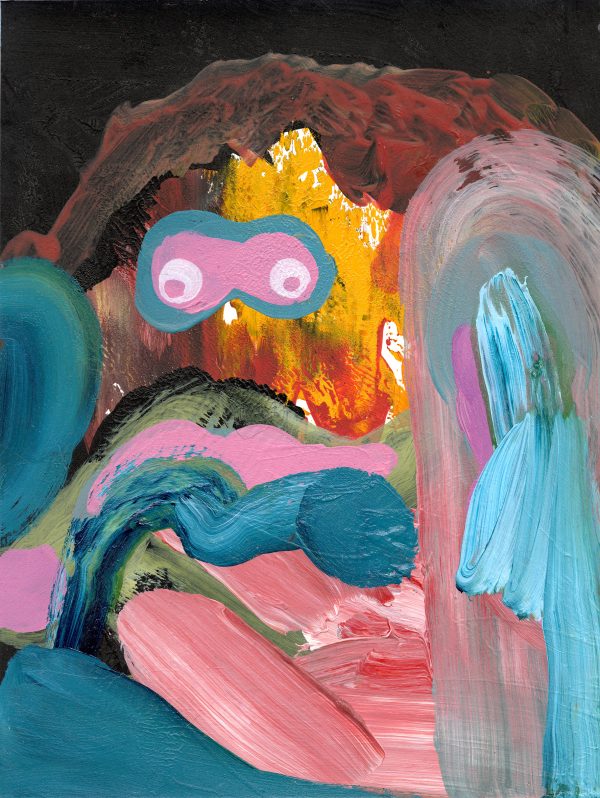Sugar, as a highly addictive “legal drug,” has been covering up the biological weakness of mankind, just like when we have to choose between two evils, we always go for the lesser, and we always have desires we cannot let go of, but civilization, ethics, morals, and faith have been driving us to fabricate various concepts to cover up our endless pursuits of dopamine, endorphin, and blood fluctuation. Sugar, innocent as it seems, can always manage to survive the self-censorship of mankind. Interestingly, since 8000 B.C. when sugar was found in sugarcane in sweltering New Guinea and introduced to the world, sugar has been viewed as highly positive in society, so we have compared it to things like status, wealth, happiness, and love; even in current times when the world is filled with diverse and confusing modern language, it’s also hard to smear the good name of it, and even, still, when used in some argots or metaphors, it implies exciting seductiveness. And, as it’s also become part of your tongue memory, a happy physiological reaction would be triggered when we see even just the word. If salt is for our instinct to survive, then we take in sugar as a fulfillment of desire.
With the theme “糖” (“Sugar”) in Chinese and “Kundalini” in English, Zhang Ji’s solo exhibition seems to be a gathering of banters about a soft spot of humanity; as far as the materiality and social connotations of sugar are concerned, it has to break through the mist of sugar and also toss man’s helplessness when facing desire as a question to the air, embedding the reckless, random, potential, imaginary and confusing suspended stance in the painting, so as to answer the recurrent question that has never ceased to intrigue and puzzle humanity. Compare Zhang Ji’s painting to sugar: furious bantering can also be joyful and terrible pain can also be viewed as a worthy give. Like a sugar addict, he indulges himself with art-making or painting; like a selfish sugar producer, he keeps covering and revealing in painting for excitement and colossal profits; and he even gives his audience visual vessels that they cannot say no to and enjoy relying concepts and emotions upon, like someone who hands out sugar.
